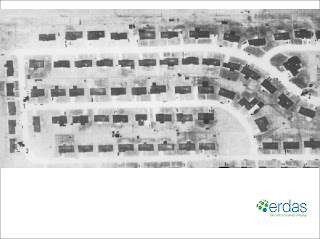
This site lies on the eastern shore of Lake Michigan which has nearly constant high winds year round(NREL) which is the primary factor when locating a wind farm.
The area lies to the north of Little Sable Lighthouse which along with Big Sable Lighthouse to the north of the site have had verifiable wind gauge measurements for several years.
BERR planning criteria are met by the following:
1. Wind speed is well above that necessary for wind turbines.
2. Ornithology is debatable regardless although birds are common in the area.
3. Noise is not an issue as the area is sparsely populated.
4. Shadow flicker not an issue as the area is sparsely populated.
5.Shipping impact would not matter as the site is not near a shipping lane.
6. Visual impact could be an issue except the area lies north of Silver Springs State Park and presumably people would not likely visit the site. Also it is not near many roads but is in an agricultural area where many turbines are commonly located.
I have personally verified high winds on several visits to the area.
























